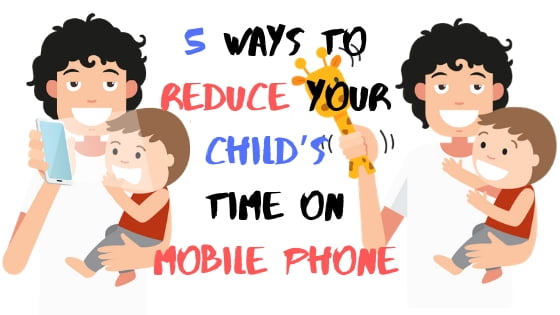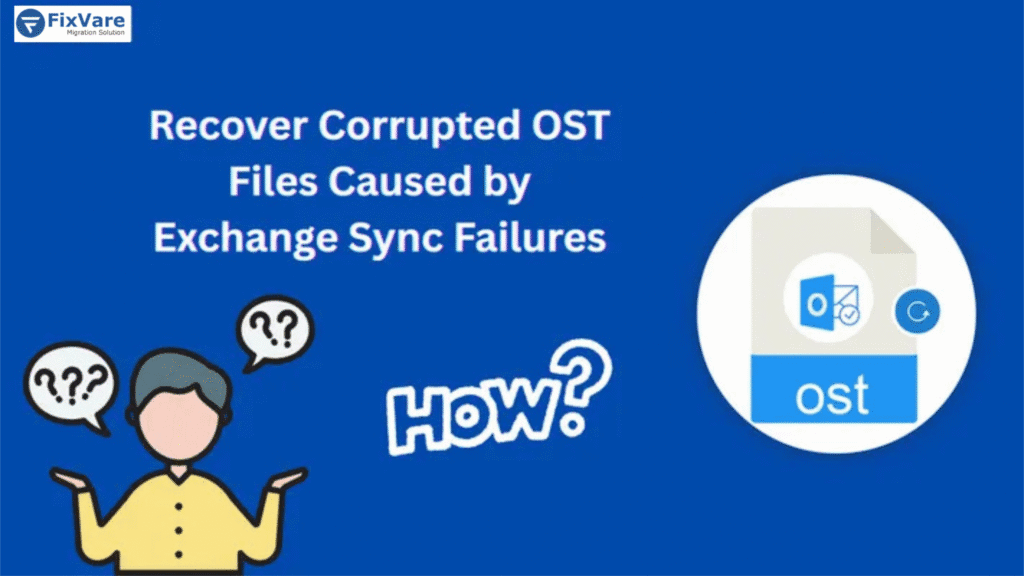Do you face difficulty summoning your kids for dinner? Do you often need to nudge them for focusing on studies? Yes?
Well, you are not alone. There are plenty like you facing issues with kids’ disobedience and lack of attention.
But, why? Because the so-called technology blessing – the mobile phones- are a time-consuming nuisance, captivating kids valuable time immensely.
Impact of Mobile Phone on Kids
During the parental control app review, we were amazed to observe how mobile phones have a significant effect on kids and their day to day lives.
A child’s life revolves around technology and so much so that their social life is inevitably on Facebook. Sad!
Most kids kill time through gaming apps or YouTube videos, which consumes the little time they could have invested in reading comics or novels.
Even trivial tasks like calculations, photo collage creation, navigation, alarms, reminders, etc. are all part of the device.
These activities which were earlier solely done by the mind have shifted to machines, uprooting the natural method of developing cognitive thinking.
Now, considering the age group kids are within, the influence of media has an unpredictable impact on them.
Whatever they hear or see, they imitate the same without any awareness of the consequences.
In spite of the ill effects of digital devices, parents cannot abandon kids of mobile phones. Phones are a central part of kid’s and our life. Then, where do you draw the line?
So, before we find ways to reduce screen time, let’s understand briefly what is screen time.
What is screen time and when does it become harmful?
We will like to help you comprehend the age-old debate of – “what is too much screen time?”.
Screen time is the time an individual spends looking at a digital display like a smartphone.
Most kids spend more than 2 hours of screen time on a daily basis. According to some reports, screen time becomes harmful for kids when digital devices become the only source of happiness and time-killing activity.
Measuring whether 2 or 3 hours is sufficient screen time can be difficult, but certain signs show when screen time starts taking a toll on your kids.
Here are specific symptoms indicative of too much screen time:
- Postural issues
- Constant complaints of headache
- Dry eyes or eye strain
- Irritability or aggression
- Disobedience
- Irregular sleep pattern leading to low energy
- Signs of obesity
- Withdrawal from social interactions
- Poor attention span
For starters, we recommend using the symptoms mentioned above to recognize your kids’ mobile phone addiction.
Also, poor performance in academics and sports at times are a result of phone addiction. So, watch out for these signals!
Simple Ways to Reduce Your Child’s Time on Mobile Phone
Now, that we know how to identify a kid with screen addiction, let us understand ways to cut back on excessive screen time:
1.Find alternatives
Whenever kids face boredom, we immediately rush to help them. However, our busy schedules do not permit spending time with them, so we often resort to digital gadgets like the best source to kill their boredom. Isn’t it?
Stop relying on the omnipresent smartphones for rescue; this only encourages more screen time.
Instead, engage your kids in other alternatives that not only reduce screen time but helps kids to develop their creativity.
A prevalent art & craft skill, originated in Japan- called Origami- is an excellent engaging activity that encourages kids to develop hand-eye coordination, spatial skills, sequencing skills and most importantly teaches patience and perseverance.
2. Spend Family Screen time
Imbibe the habit of quality family time, by leveraging media and digital devices.
Watching a movie or two, playing video games, reading e-books, etc. are activities can easily be achieved together.
All family members can participate and add their humor and customization to make the plan even better.
Quality family time is the smart way to kill two birds with one stone. Spending quality family time not only strengthens the family’s bond but also limits screen time to family activities because the remaining time should get consumed in studies or other priority tasks.
3. Engage in hobbies
Indulging kids in hobbies, right from their pre-teens is a wise decision.
Hobbies like dance, sports, music, theater, art & craft, etc.- is a brilliant approach to keep kids busy. And if your kid’s aptitude is better than what you imagined, you never know they may create a career out it.
Cognitive skills and personality developments can be introduced through hobbies. So, instead of allowing learning soccer on gaming sites, enroll your Ronaldo for a soccer camp.
4. Be a role model
Kids are a reflection of their parents. They learn, do and think the way parents do.
Hence it is imperative to display the best of behavior in front of kids. Which equally includes the use of gadgets.
If your kids often find you scrolling the screen up and down, they might find that exciting and try to imitate that. Try it, if you don’t believe us!
Engage in several educational and fun activities which does not include screen time.
For example – taking a walk, cycling, running, fishing, hiking, reading novels, reading the newspaper (no, not the app!), etc. are just few handful activities we can suggest.
5. Set limits on screen time
Even after applying all the suggestions mentioned above, your kids barely show any progress; you may want to enforce stricter rules on mobile screen time.
Bit Guardian Parental Control app offers impressive Time Schedule capabilities which cut down screen time by deactivating a device for a set period.
The app provides the flexibility of cutting down the screen time based on apps as well as tasks like bedtime.
Don’t put your foot down listening to your kids’ tantrums against the new rules on screen time. Be firm and implement the practices for their positive upbringing.
Download the Bit Guardian Parental Control App for reducing screen time addiction while you get busy nurturing the little ones with correct values.







Leave a Reply